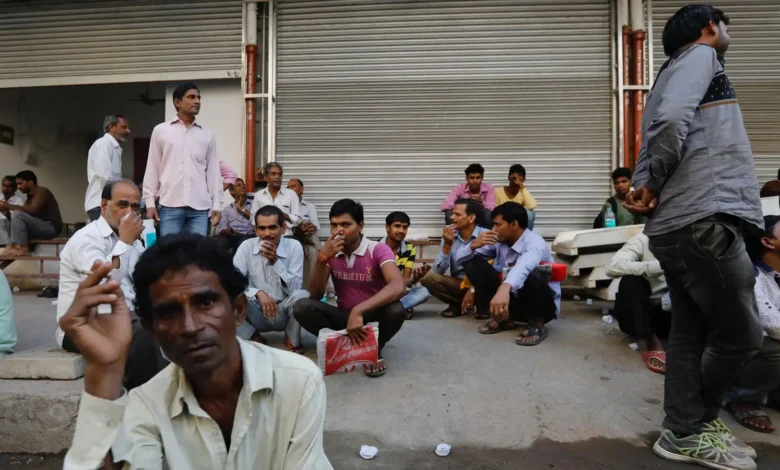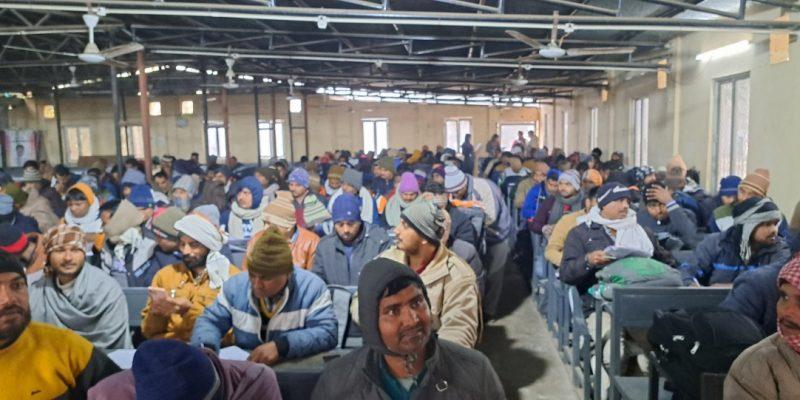Young Indians who are educated are more likely to be unemployed: ILO data
While the proportion of unemployed Indian youth aged 15-29 decreased from 88.6% in 2000 to 82.9% in 2022, the share of educated youth among them increased from 54.2% to 65.7%, according to ILO data

In an ironic twist, the International Labour Organization (ILO) reveals that in India, the likelihood of unemployment increases with higher education. The unemployment rate among graduates is a staggering 29.1%, nearly nine-fold higher than the 3.4% rate among illiterates. For those with secondary education or above, the unemployment rate is six times higher at 18.4%.
The ILO identifies unemployment as a growing issue among Young Indian, particularly those with a secondary or higher level of education. This trend has been intensifying over time. The data points to a significant disconnect between the skills of the workforce and the requirements of the job market. This discrepancy echoes the concerns of prominent economists like ex-central bank Governor Raghuram Rajan, who warns that deficiencies in India’s education system could impede its economic growth.
The ILO notes that youth unemployment rates in India now surpass global averages. The Indian economy has struggled to generate sufficient well-paying jobs outside of agriculture for the influx of educated young people entering the workforce. This struggle is reflected in the high and escalating unemployment rate.
In comparison, China’s unemployment rate for young people aged 16-24 rose to 15.3% in the first two months of the year, approximately triple the 5.3% rate for the urban population.
Interestingly, while the proportion of unemployed Indian youth aged 15-29 decreased from 88.6% in 2000 to 82.9% in 2022, the share of educated youth among them increased from 54.2% to 65.7%, according to ILO data.

The situation is particularly dire for women. They constitute 76.7% of the educated unemployed youth, compared to 62.2% for men. Unemployment is also more prevalent in urban areas than in rural ones. India has one of the world’s lowest female labor force participation rates, at around 25%, although the ILO notes that this rate improved during the pandemic due to a significant rise in subsistence employment.
The ILO report also warns about the growth of gig jobs, such as food delivery drivers. These temporary, low-paying jobs offered by digital platforms blur the lines between employees and self-employed individuals, posing new challenges for worker welfare and working conditions.
You might also be interested in – Young people are more unhappy than older generations, research finds



